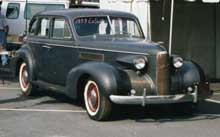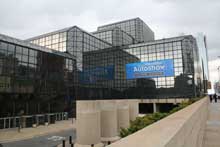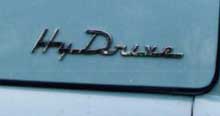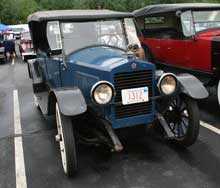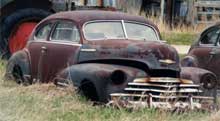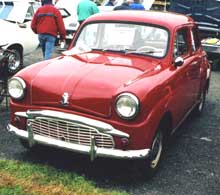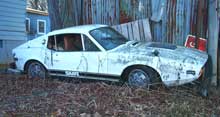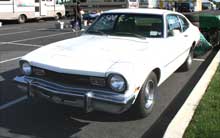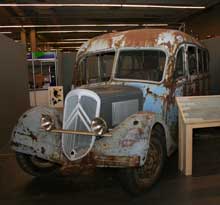Although Hudson’s Essex was certainly the first of the so-called companion cars, it’s often Lasalle, the Cadillac companion, that comes first to mind. Introduced for 1927, it was the first hurrah for a young Harley Earl, recently discovered as a talented designer. In fact, LaSalle is generally credited as the first truly designed car, one not conceived by body engineers and draftsmen.
Earl took as his inspiration the Spanish-Swiss Hispano Suiza. Adapting Hispano cues into what was in great measure a small Cadillac, Earl produced a car that was elegant, yet dashing. Introduced in March 1927, the LaSalle was available in an ambitious 33 body styles, four by Fleetwood but most, like this 4-5 passenger phaeton, by Fisher. Prices ranged from $2,350 to as much as $5,000. First year production reached nearly 17,000.
Subtle cues were updated for 1929, by which time displacement had been increased to 328 cubic inches. By 1933, the engine had been enlarged to 355 cubic inches, the same sizd as Cadillac’s. However, hard times were upon the industry, and despite prices no higher than $2,645 sales barely reached 3,400. So for 1934, an entirely new personality was devised, which owed a lot to Oldsmobile. This car, with a straight eight engine and selling for under $1,700, more than doubled sales from the year before. The design was somewhat simplified for 1935.
For 1937, the V8 was back, at prices that now started under $1,000. Sales recovered, reaching some 34,000 units. 1938, another bad year for the industry, saw sales shrink by half. What would be the final iteration of LaSalle was readied for 1939. The changes for 1940 mostly concerned the headlights, now sealed beams partially submerged into the fenders. Body styles were now but ten, coupes, sedans and two- and four-door convertibles. Although not cataloged, at least one station wagon was built.
When 1941 dawned, LaSalle was gone. However, there was a new Cadillac Series 61, which, at prices from $1,345 to 1,535, effectively replaced it. With sales of more than 28,000, it did that and some.
In the end, both Essex and LaSalle lasted fourteen years, though not concurrently. LaSalle, however, was the companion to survive the latest, save for Pontiac, the companion that eventually killed off its parent Oakland. This has been but a quick overview. For more detailed information, take a look at Yann Saunders’ Cadillac Data base.

